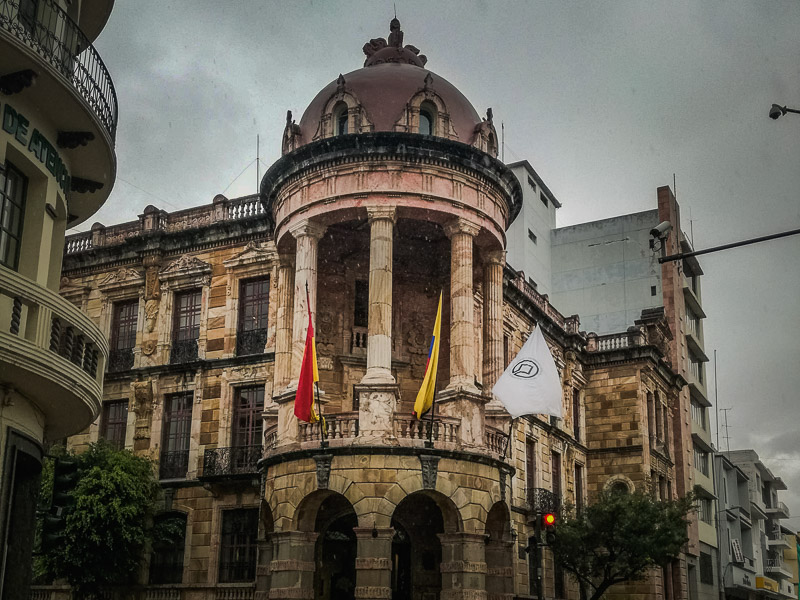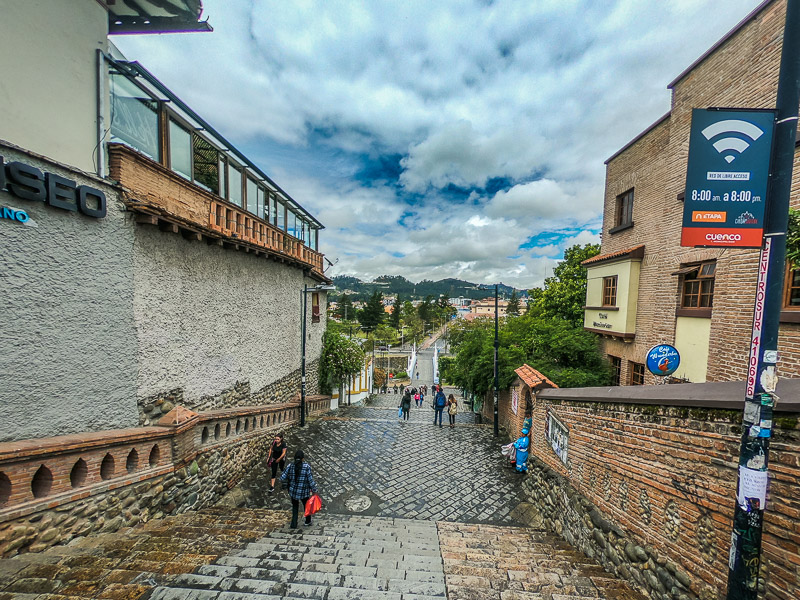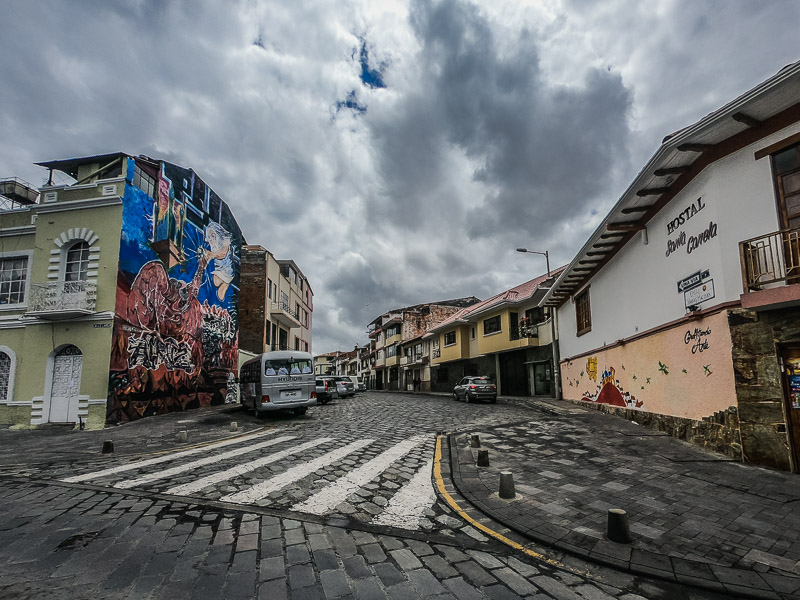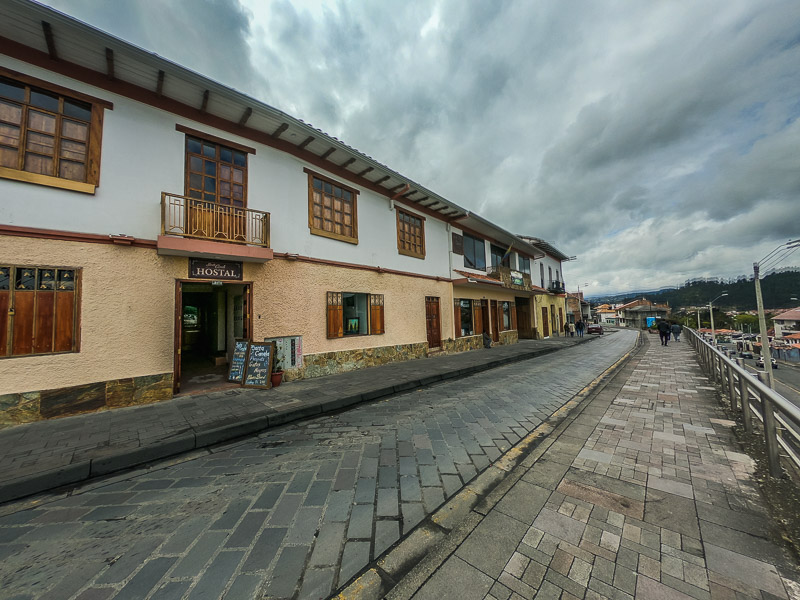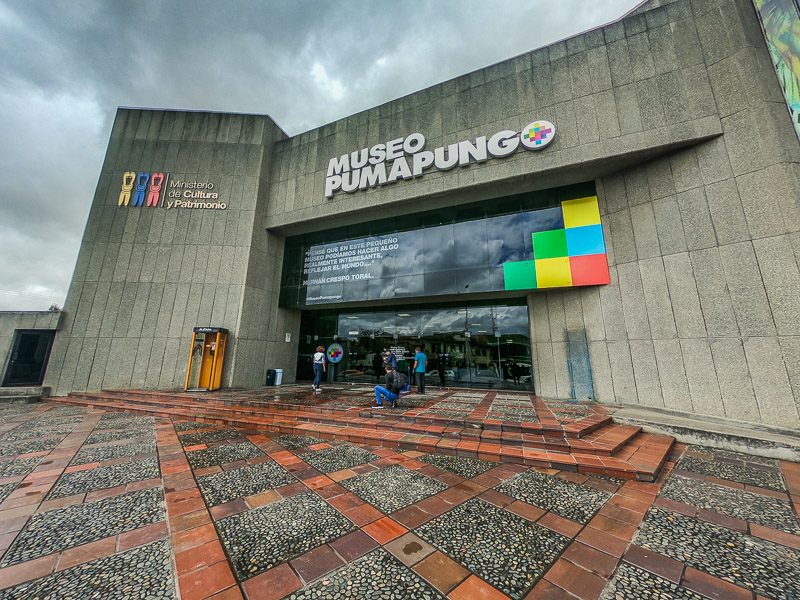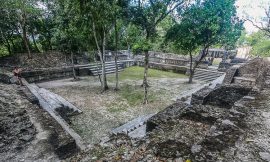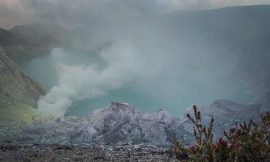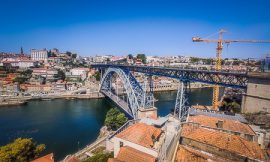The capital city of the Azuay province is approximately an 8-hour bus ride south of Quito. A 50-minute flight is also an option, however, the Cuenca airport is notorious for being in a windy location causing many delays and cancellations due to weather. We made our way down to Cuenca from the ruins of Ingapirca which is about 1-hour 30-miunutes away. If you take a bus or drive there, you’ll likely arrive before dusk so it’s a good idea to catch the sunset at a viewpoint. The Mirador de Turi is a great viewpoint for this with a panoramic view of the red-topped buildings of Cuenca. There are also a few bars and restaurants at the viewpoint to get something to eat.
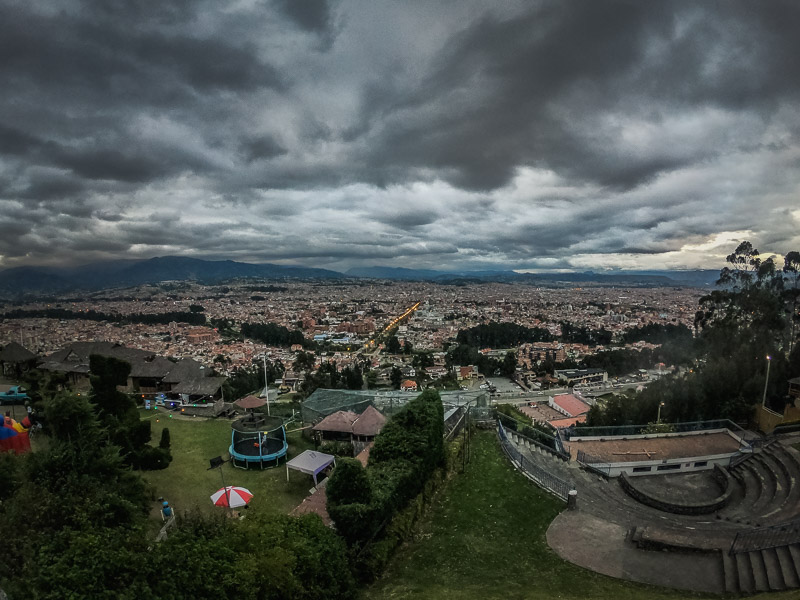

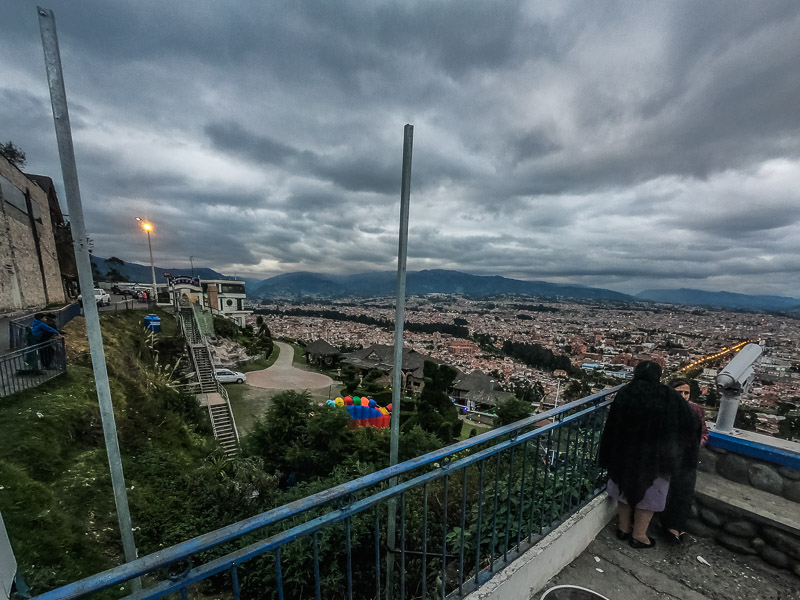

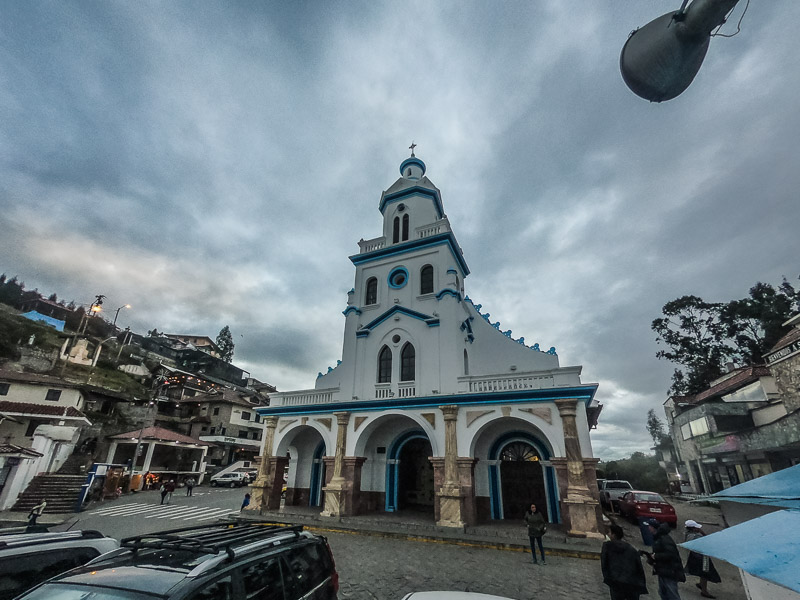



Throughout the day, Cuenca has many plazas, churches, and museums to explore in its historic city center. The city is also well known for the arts and has produced many famous Ecuadorian writers, poets, and artists. The new cathedral, Catedral de la Inmaculada Concepcion, was completed in 1975 and replaced the old cathedral which is now a museum. Both are located in the main plaza of Parque Calderon. The new cathedral has a neo-gothic style with a marble interior and three iconic white and blue domes.
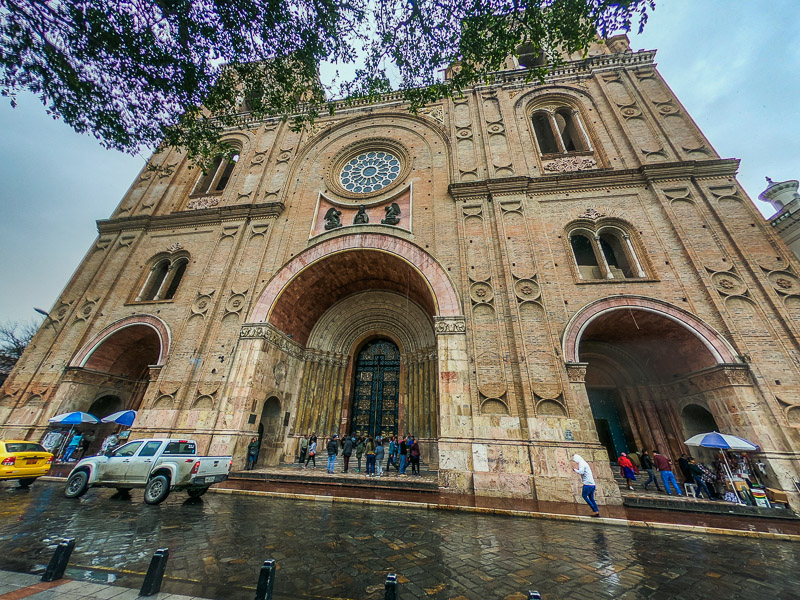

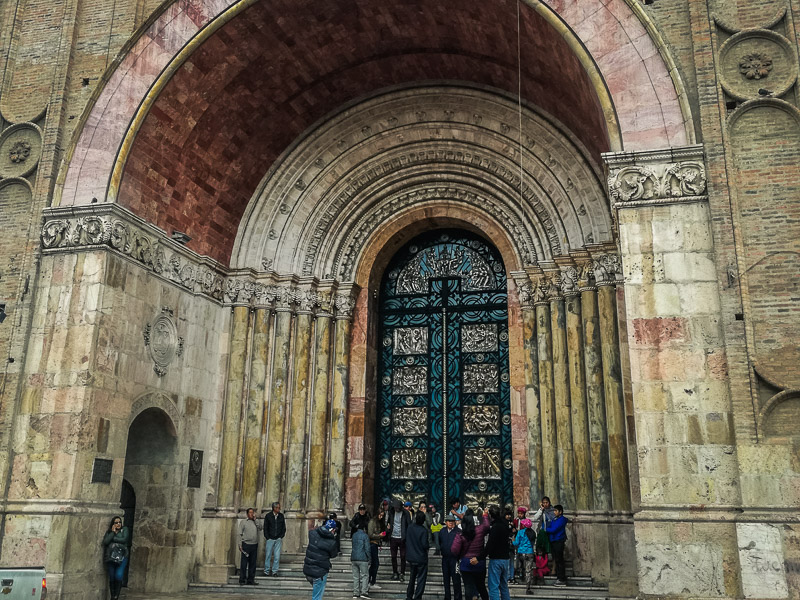

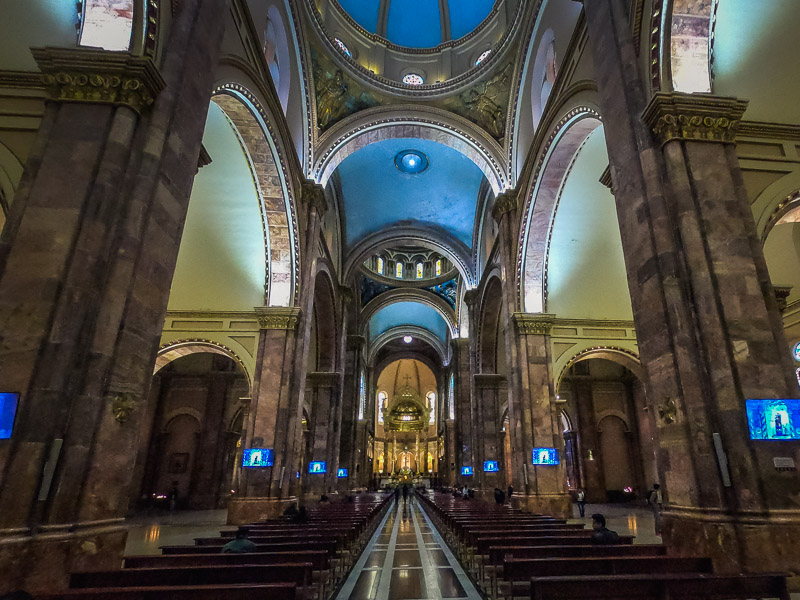

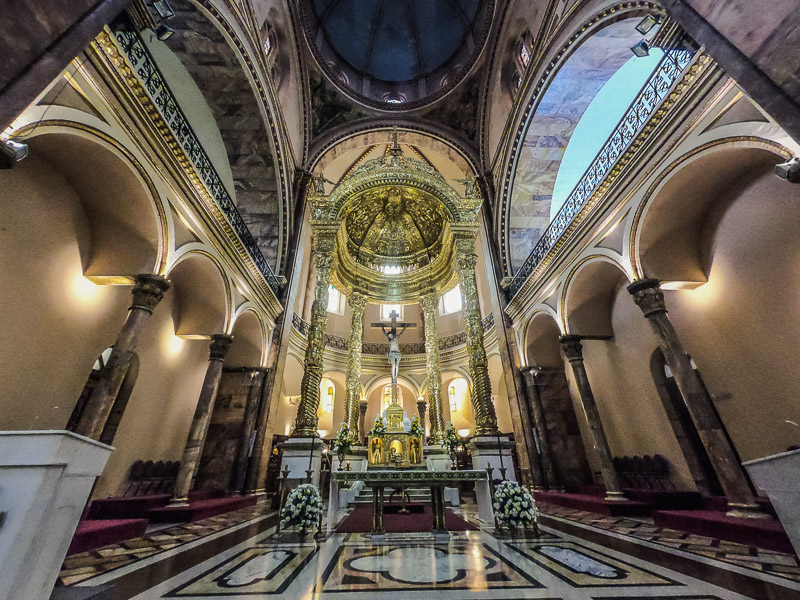

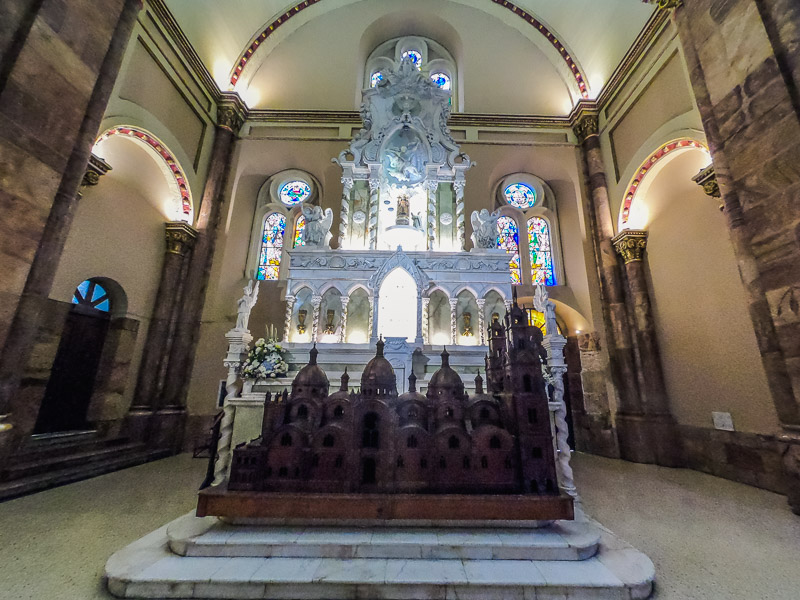

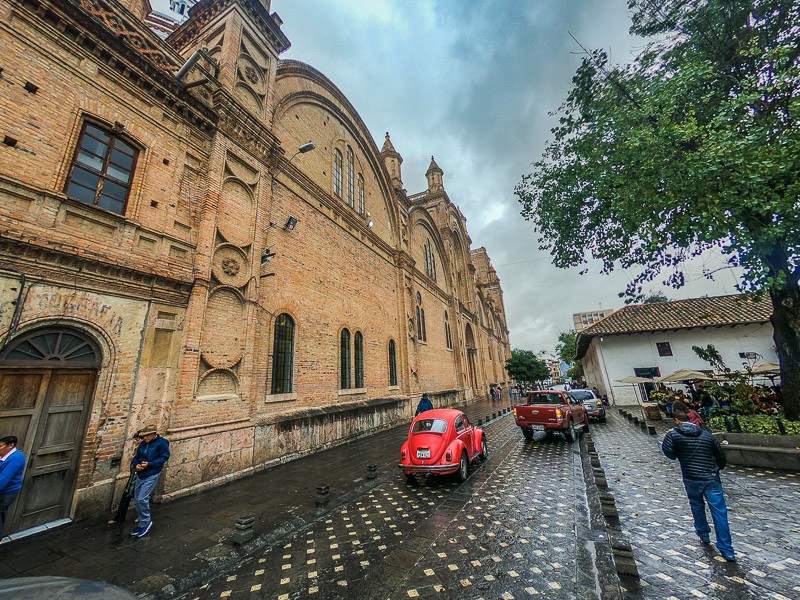

Around the corner from the new cathedral is the popular Plaza de las Flores. This flower market is located outside another smaller colonial church, La Iglesia El Carmen de la Asuncion or El Santuario Mariano which is also worth a quick visit to. This small church is over 100 years old and is so well preserved that walking into it feels like going back in time.
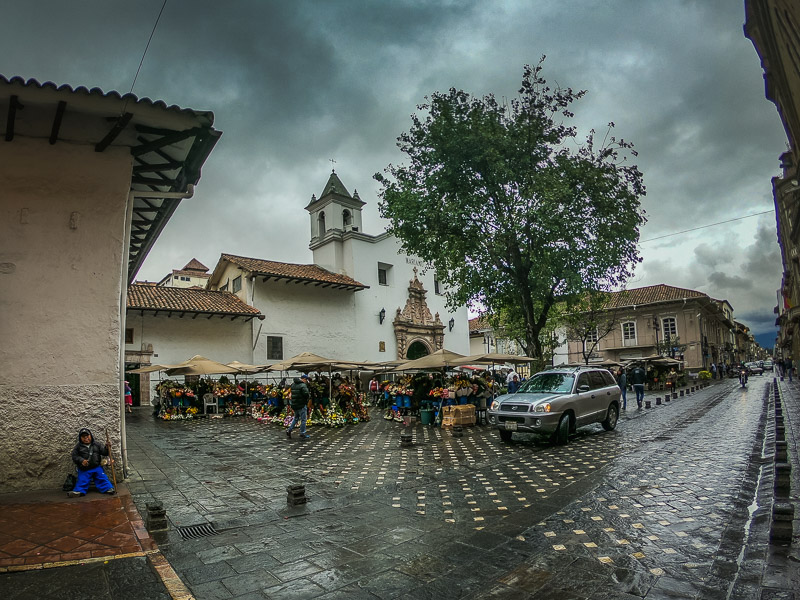

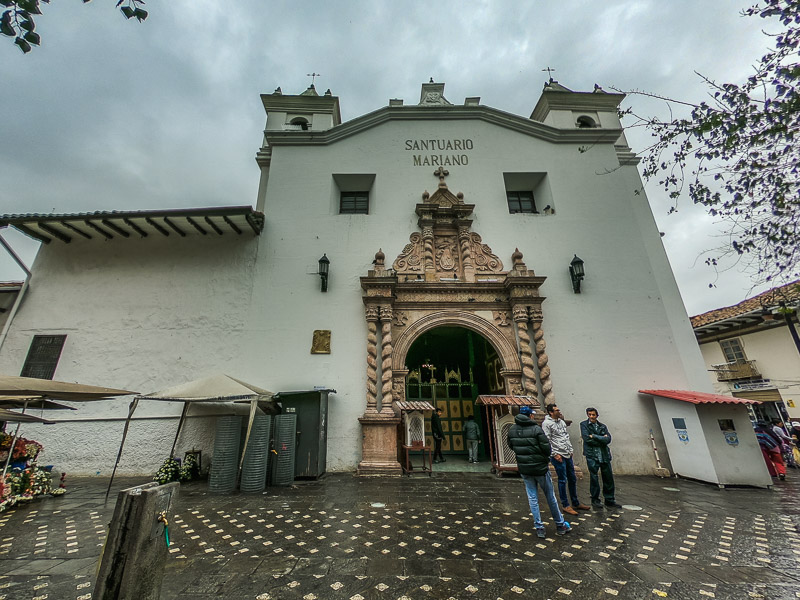

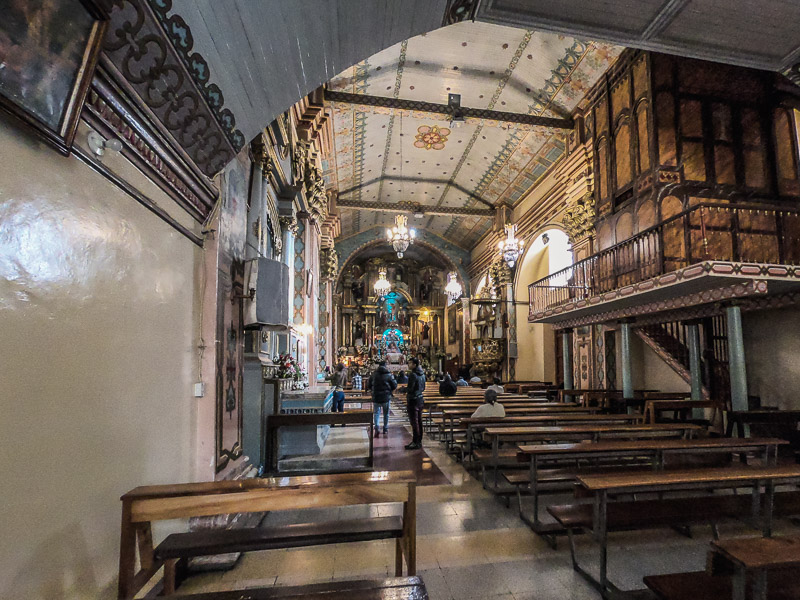

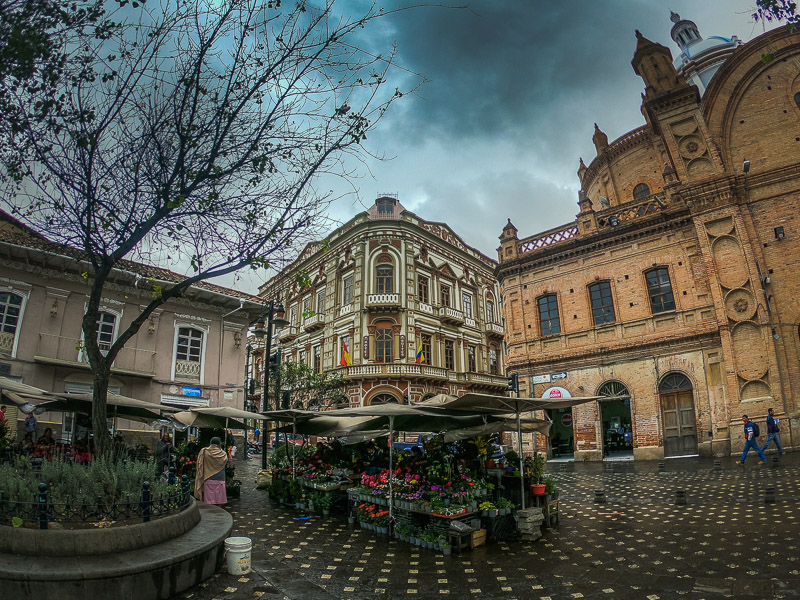

Walking away from the colonial cobblestoned historic city center of Cuenca, you can see painted murals and eventually reach the modern Museum of Pumapungo. This museum not only exhibits the history and culture of Cuenca but is also located next to an archaeological site of Incan ruins. The museum is very well organized to showcase different periods of Cuenca’s people and history. One of my favorite sections was the numismatic room in the basement. Here you can travel through history by observing the currencies that Ecuador had used before the US Dollar.
